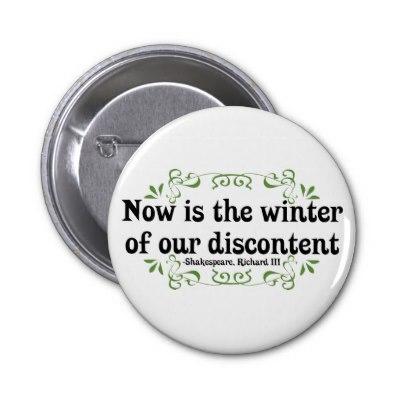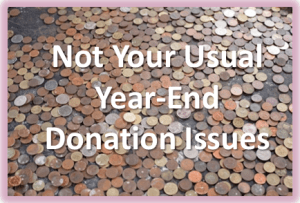How to Use the Multiplier Effect to Inspire Annual Giving
People love to S-T-R-E-T-C-H their dollars.
This is the basic psychology underlying “BOGO” (Buy One; Get One free) and “2 for the price of 1” sales. For a variety of reasons, we’re crazy about getting a good deal!
If I get more for my money, that’s smart.
It’s frugal to find ways to leverage our family’s spending.
I like to use my money in the most effective way I can.
It’s easy to apply these desires – to be smart, frugal and effective — to the creation of compelling fundraising offers.
Details








